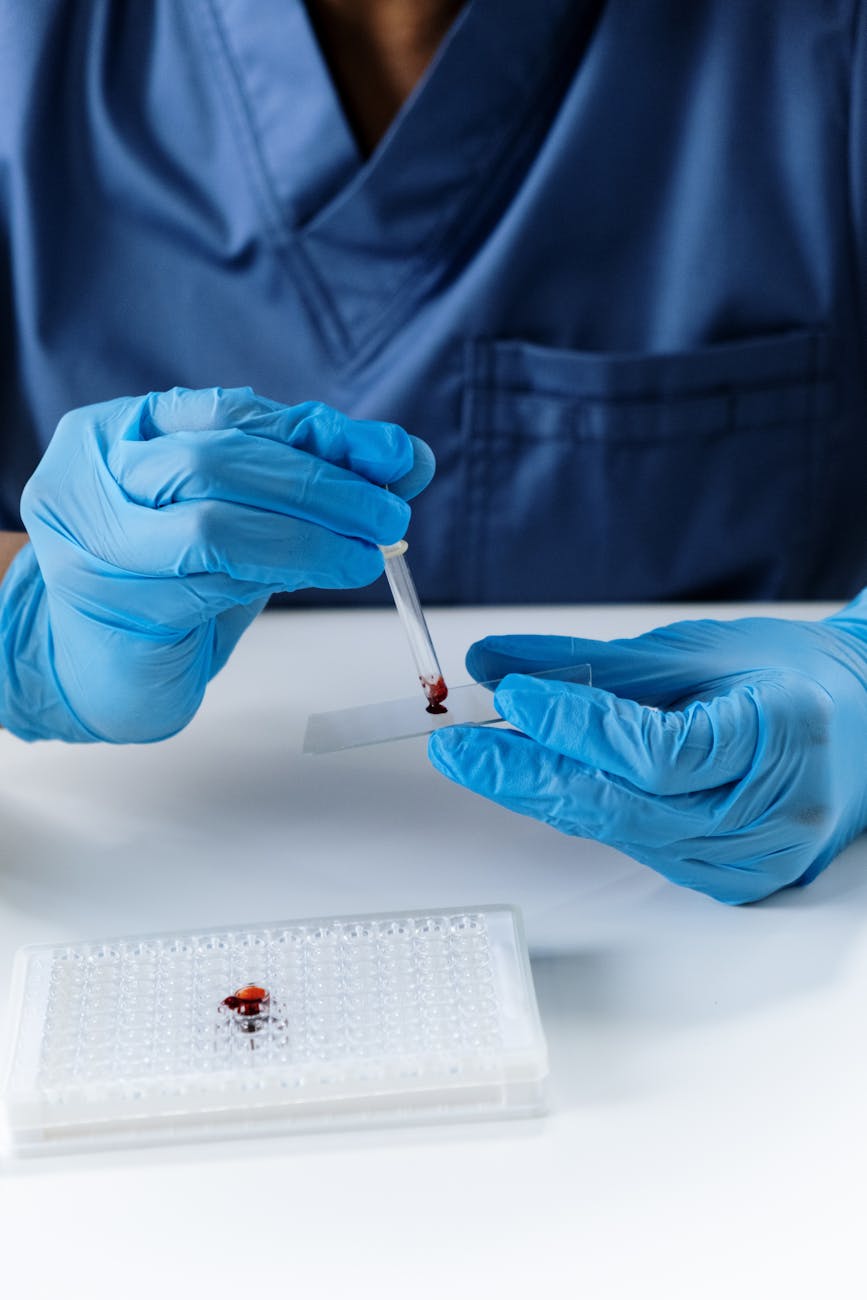How ELISA helps to detect HIV?
Indirect ELISA is the method of choice to detect the presence of serum antibodies against HIV
AIDS Acquired Immuno Deficiency Syndrome)is one of the most challenging and serious epidemic diseases worldwide.AIDS occurs due to HIV i.e.Human Immunodeficiency Virus. In 1981, HIV causes one of humanity’s deadliest and most persistent epidemics.
According to a survey in 2019, it is estimated that 1.7 million individuals are affected by AIDS. Data shows 1.5 million cases were infected to adults and 150,000 infections were shown in children ( < 15-year-Old) recorded.
This epidemic disease may be chronic can last for a year or be lifelong. A person infected with HIV progressed to AIDS due to :
The number of CD4 cells falls below 200 cells per cubic millimeter of blood ( Healthy immune system, CD4 counts between 500 and 1,600 cells per cubic millimeter of blood)or develop opportunistic infections regardless of CD4 count.
without medicine, infected persons with AIDS can survive about 3 years and with ART ( Antiretroviral therapy) infected persons can live long without transmitting HIV to their sexual partner.
HIV can be transmitted through -
- Contact with infected blood, semen, or vaginal fluids.
- Spread by sexual contact because it is a type of Sexually Transmitted Diseases (STDs).
- Spread in the baby by mother during pregnancy or nursing.
Enzyme-Linked Immunosorbent Assay ( ELISA)
ELISA exploits an enzymatic reaction for determining the immune reaction. This technique is also known as EIA ( Enzyme Immuno Assay).In this technique enzyme conjugated with an antibody (Ab) react with a colorless substrate to generate a colored reaction product. This substrate is called a chromogenic substrate.
Enzyme employed for ELISA are :
Alkaline phosphatase ( AP)
Horse-Radish Peroxidase ( HRP)
Urease
Beta-galactosidase
ELISA detection is qualitative detection and quantitative measurement of either Antigen (Ag) or Antibody ( Ab). A standard curve based on known concentrations of Ab or Ag is prepared to detect the unknown concentration of a sample.
Basic steps for ELISA are:
- Coating with Ag or Ab to ELISA plates.
- Blocking to the unbound site on ELISA plates with the addition of BSA ( Bovine Serum Albumin), Ovalbumin, or other animal proteins.
- Detection is carried out by the addition of a chromophore. Chromogenic Substrate that can generate a color like HRP, AP, etc.
- Final reading with the help of a spectrophotometric plate reader.
Major types of ELISA are :
- Direct ELISA ( antigen-coated plate, screening antibody)
- Indirect ELISA( antigen-coated plate, Screening antigen / antibody)
- Sandwich ELISA ( antibody-coated plate, Screening antigen)
- Competitive ELISA ( Screening antibody)
ELISA can be used in rapid antibody screening tests for HIV, and other autoimmune diseases, food allergen, to detect the presence of the pregnancy hormone hCG, forensic toxicology, and many other diagnoses.
Indirect ELISA For the detection of HIV
An antibody can be detected and quantitatively determined with an indirect ELISA. Sample containing Ab -1(antibody-1 )is added to Ag (antigen)coated micro-titer plate and allowed to react Ab-Ag to each other. Then the washing process is occurring to remove unbound antibodies i.e. free Ab from the titer plate. After washing add enzyme-conjugated secondary anti-isotype Ab -2 ( antibody- 2)which further binds to the primary Antibody i.e. Ab-1.After washing the unbound Ab-2 antibody the substrate for the enzyme added. Then reaction occurs and ends colored product formed that is measured by a specialized spectrophotometric plate reader. The indirect ELISA method is used to detect the presence of serum antibodies against HIV.
In HIV testing, a blood or saliva specimen is collected for testing. An indirect ELISA test is used for the detection of HIV. For further diagnostic of HIV Western blot technique is used.
References :
George N Konstantinou, “Enzyme-Linked Immunosorbent Assay (ELISA)”. Methods Mol Biol. 2017;1592:79–94.doi: 10.1007/978–1–4939–6925–8_7.PMID: 28315213.
Hsiao-Ting Kuo, et al. “Application of immunomagnetic particles to enzyme-linked immunosorbent assay ( ELISA)for improvement of detection sensitivity of HCG”. J Immunoassay Immunochem .2012;33(4):377–87.doi:10.1080/15321819.2012.655820.PMID:22963487.
Kimberly A Workowski et al. “Sexually transmitted diseases treatment guidelines, 2015”.MMWR Recomm Rep.2015 Jun 5;64(RR-03);1–137.PMID:26042815.PMCID: PMC5885289.
Mandy Alhajj; Aisha Farhana “ Enzyme-Linked Immunosorbent Assay ( ELISA)”.LMU-DCOM. College of Applied Medical Sciences, Jouf University.Statpearls Publishing LLC.2020

Very Informative....
ReplyDeletePretty good post. I just stumbled upon your blog and wanted to say that I have really enjoyed reading your blog posts. I hope you post again soon. Big thanks for the useful info. STD testing clinic in Kuala Lumpur
ReplyDelete